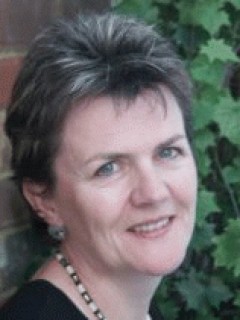Commercial practitioners often focus more on the outcome (the debrief) than on the analysis process; unlike academics, they rarely have to defend that process. Yet experienced researchers do use complex analytic strategies, developed over many projects.
Academics think deeply about the process, but may actually learn to do it virtually alone, spending three years doing one project their first for their PhD. So perhaps for them analysis software offers appealing rigour, structure and support. But, as the course leader emphasised, the software doesn't do the analysis it's still you doing the thinking.
We looked at three "theory building" packages*, all with frankly uninviting titles: WinMAX-97 PRO; QSR NUD*IST version 4; ATLAS.ti version 4.2. The software cannot decide what is important, nor tell you what to look for. But it can allow you to mark up transcripts in a such a way that you can rapidly search, manipulate and explore the implications of your own markings to see patterns, pursue hunches, or look for specific instances..
More interestingly, ATLAS.ti also lets you build a graphic conceptual map of the project (or single interview, or decision-making process) and keep each part of it attached via internet-like links to its supporting text. This package was the only one I wanted to pursue, though the new NVivo promises even more.
CAQDAS demands cash and time investment, but I'm beginning to feel commercial researchers shouldn't ignore its possibilities. Personally, I'd like to try it out on real transcripts. Maybe one day we could see AQRP CAQDAS courses?


